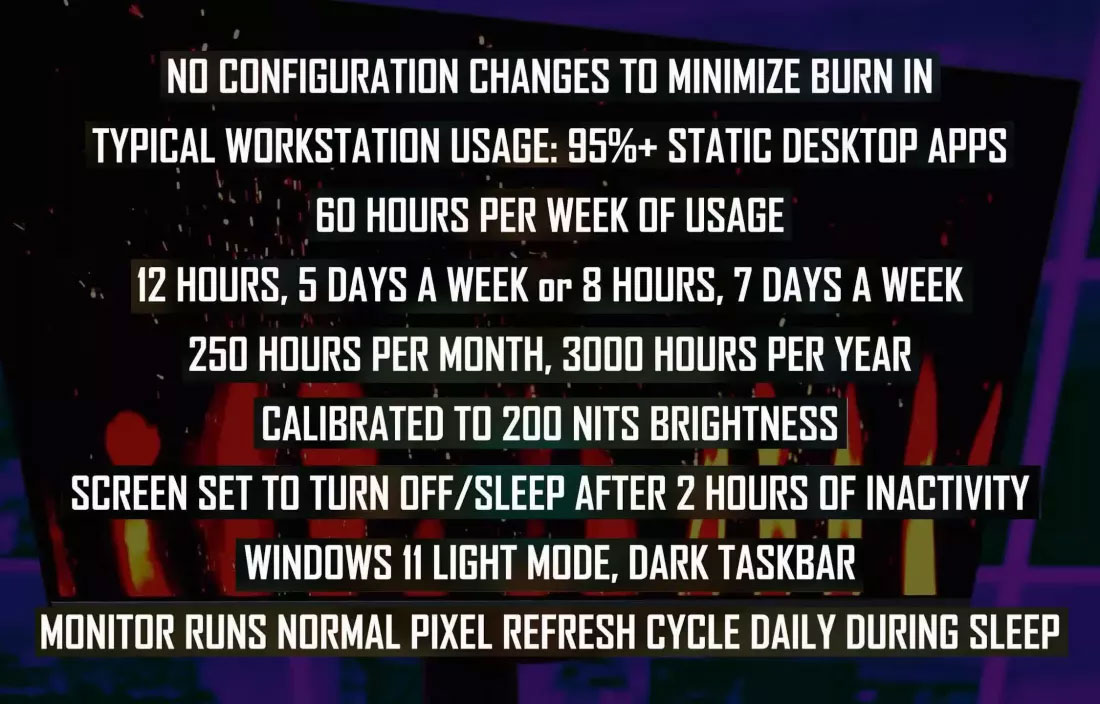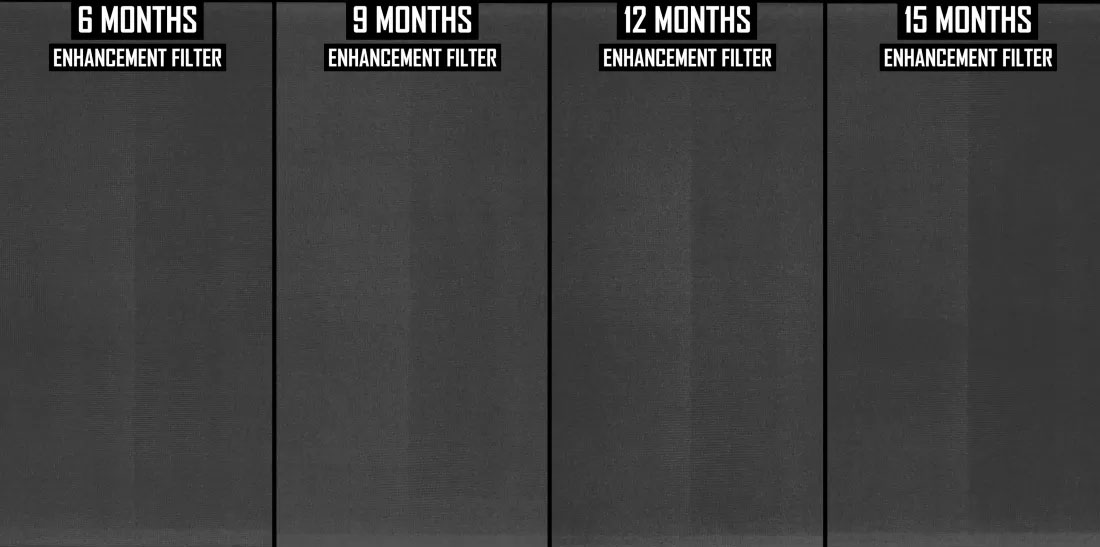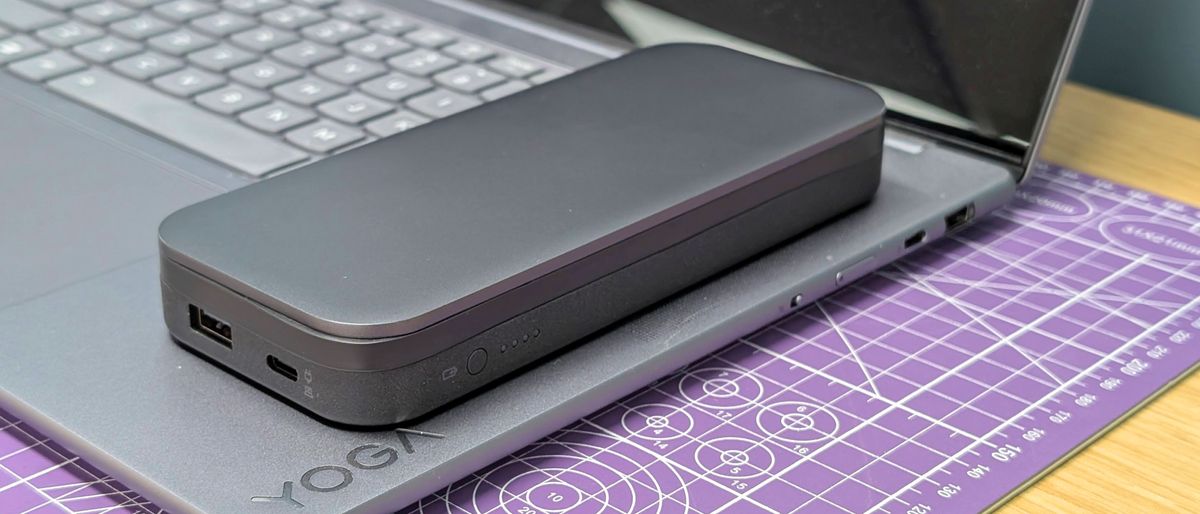A video chronicling the degradation of an OLED monitor over time has just been published, offering a 15-month update. The Monitors Unboxed update seems to deliver pretty good news, overall. After this quite considerable time of “worst-case scenario” OLED monitor use, key metrics are still acceptable. However, it is estimated that the MSI MPG 321URX under test may need to be replaced for color-sensitive professional usage as early as 9 months later. Also, please bear in mind that this interesting study is based on a single OLED monitor sample, unlike the work of organizations like Rtings.
Deliberately Burning In My QD-OLED Monitor - 15 Month Update - YouTube

During Monitors Unboxed testing, the MSI 4K OLED has been subjected to a daily use behavior described as “aggressively burning in.” The channel’s Tim Schiesser hasn’t been purposely causing damage to the display, though. Instead, the idea seems to be to use this OLED with the same amount of care you might with any LCD-technology alternative. It is also used primarily for work, with little to no full-screen media content consumption. Thus, it was probable that static Windows UI elements, and even often-used apps, could cause burn-in on some regions of the display. Indeed, this has happened.

Above, you can see a full rundown of the test conditions. In summary, while Schiesser didn’t try to cause max burn-in damage, and allowed the panel to complete its self-protection and maintenance cycles, he didn’t do anything in Windows to lessen potential burn. Therefore, he used Windows 11 in light mode (as some people prefer), didn’t set up a screensaver (just a 2-hour idle-time screen-off setting), and used apps on the same preferred areas of the screen 95% of the time. This activity takes place “8 hours a day, 7 days a week, 250 hours per month, 3,000 hours a year.”
During the video, you will see some interesting images that chart the extent of the 4K OLED display’s burn-in over 6, 9, 12, and 15 months. There’s little mention of the 3-month milestone, as any ill effects of the ‘aggressive’ use by then were very minor.
Trying to see the burn-in issues escalate over the 15 months isn’t that easy, something which we should be thankful for. Thus, Monitors Unboxed has manipulated or filtered the comparison images to show what is happening slightly below many folks’ perception levels when looking at captured image content in YouTube videos (lossy compression issues).

The major areas viewers should be aware of are the bottom of the screen, where the Windows taskbar remains in typical productivity workflows, and the vertical burn-in artifacts, which are caused by Schiesser’s unwavering app tiling preferences. He explained that much of the time, he will work with a browser on the left of the screen and a word processor to the right.
Color impact
As well as the shading discrepancies you can see in the grayness, Monitors Unboxed also looked at underlying color shifts. It was noted that the green subpixel was worst affected by degradation over the 15 months.
These kinds of color discrepancies and shifts will undoubtedly come to a point where they affect professional work that requires color accuracy and consistency. Schiesser estimates that this particular MSI monitor will hit that point at around 2 to 3 years of age, being run as it is now.
Most people won’t use their OLED monitors in such an ‘extreme’ way, it is admitted. ‘Everyday users’ can probably expect a longer burn-in-free OLED monitor lifespan, and might also shrug off some of the pro-color accuracy concerns later on. Nevertheless, the service life of a good IPS alternative, for example, should still be quite a bit longer. Monitors Unboxed says it will continue to regularly update its MSI 4K OLED testing.
Follow Tom's Hardware on Google News to get our up-to-date news, analysis, and reviews in your feeds. Make sure to click the Follow button.

 5 months ago
11
5 months ago
11










 English (US) ·
English (US) ·